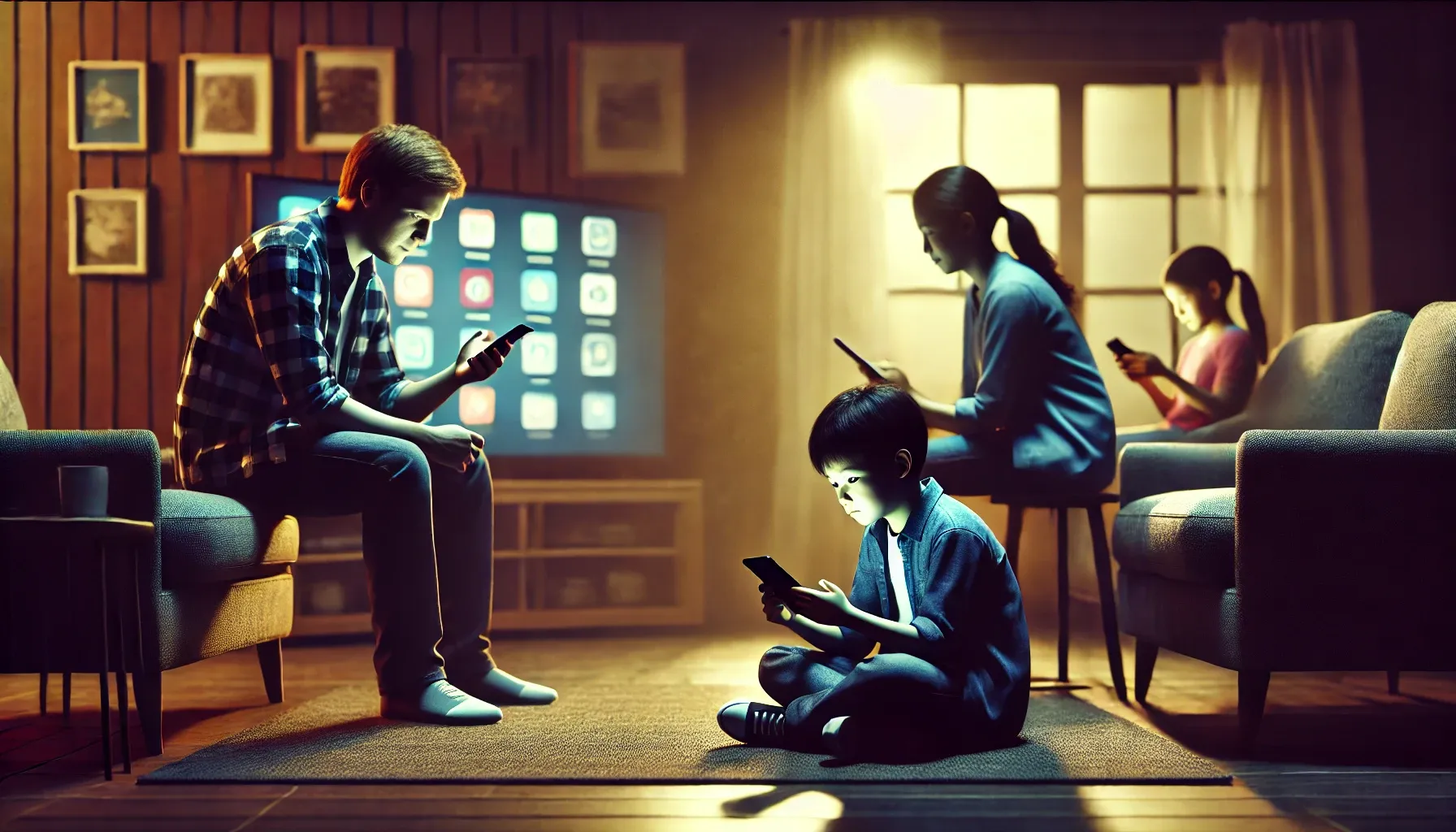UPSC
Indian Express Concise
Screentime Before Bed: A Sleep Disruptor
Last Updated
1st April, 2025
Date Published
1st April, 2025
Share This Post With Someone

Context:
Published on March 31, 2025, in The Indian Express, this article delves into the science behind how screentime before bed hampers sleep quality. With prior studies linking sleep deprivation to physical and mental health issues, the piece explores blue light’s impact, emotional stimulation, and practical solutions, offering valuable insights into health, technology, and well-being in a digital age.
Key Information in Points:
- Sleep Deprivation Risks: Previous research connects lack of sleep to fatigue, weakened immunity, anxiety, and depression, underscoring its broad health implications.
- Blue Light Effect: Screens emit blue light, mimicking daylight, which suppresses melatonin—a hormone signaling sleep readiness—keeping the brain alert.
- Circadian Rhythm Disruption: Evening blue light exposure delays the body’s internal clock, confusing day-night cycles and hindering sleep onset.
- Emotional Stimulation: Engaging content (e.g., social media, games) activates the brain, countering the relaxation needed for sleep.
- Study Evidence: A Harvard study showed reading on an iPad versus a book delayed melatonin release by 90 minutes, reduced sleepiness, and cut REM sleep.
- REM Sleep Impact: Screen users in the study had shorter REM sleep (essential for memory and mood), waking less refreshed.
- Teen Vulnerability: Teenagers, with developing circadian systems, face greater sleep disruption from evening screentime.
- Screen Prevalence: By 2015, 90% of Americans used devices before bed, a trend likely worsened with smartphone ubiquity.
- Content Influence: Violent or suspenseful content heightens alertness, while even mild scrolling delays sleep onset by extending wakefulness.
- Age-Specific Guidelines: Experts recommend no screens for kids under 2, 1 hour for ages 2-5, and parental oversight for older children, with a 30-60 minute pre-bed cutoff.
- Practical Solutions: Dimming screens, using blue light filters, or switching to books can mitigate effects, though total avoidance 1-2 hours before bed is ideal.
- Healthy Alternatives: Reading, meditation, or journaling fosters relaxation, aligning the mind for sleep over digital stimulation.
Key Terms:
- Melatonin: Hormone regulating sleep, suppressed by blue light exposure.
- Circadian Rhythm: Body’s 24-hour internal clock governing sleep-wake cycles.
- Blue Light: Short-wavelength light from screens that mimics daylight, delaying sleep.
- REM Sleep: Rapid Eye Movement sleep stage vital for memory and emotional health.
- Sleep Onset: The time taken to fall asleep, prolonged by screen use.
- Emotional Stimulation: Brain activation from engaging content, hindering sleep readiness.
- Screen Filters: Tools reducing blue light emission to lessen sleep disruption.
Link To The Original Article – https://indianexpress.com/article/explained/explained-sci-tech/explained-how-screentime-before-bed-is-keeping-you-awake-9916968/